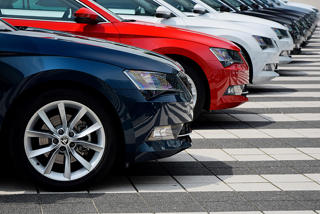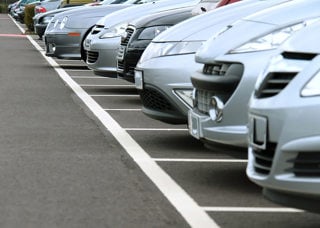Grey fleet best practice
What is the definition of grey fleet or a grey fleet vehicle, what are the benefits and the pitfalls to avoid, the checks to make on their drivers and the vehicles and the financial and tax implications?
A Fleet News guide based on the views of fleet-decision makers running a grey fleet.
Grey fleet definition
- Vehicles owned or leased by an individual
- Cash takers user their own vehicle for work purposes
- Anyone claiming business mileage for their own vehicle
- Occasional drivers using hire cars or pool cars
Concerns
- Different elements to business insurance e.g. commuting
- Senior management are blasé about grey fleet: it’s their car, their insurance, their responsibility. BUT, the company has a duty of care when asking someone to travel for business.
- Awareness of individual managers about the company policy for when someone uses their own car for a work journey.
Why have a grey fleet?
- Historic – the company has always allowed it.
- Some companies believe there is less risk to the business if it’s the employee’s car, which is wrong.
- To attract staff from competitors that offer cash allowances.
- To save money from lease fees, especially if it is low mileage.
Checks
Report from payroll once a month to cross-check with the database of grey fleet drivers. Anyone claiming mileage expenses that is not on the database can be targeted.
Telematics in grey fleet vehicles – one fleet has 80% take up because:
- Drivers get 10% off their business insurance
- It makes expenses claims easier
- They can see their own performance/personal score
MOT, driving licence, tax, maintenance/servicing kept on record and driver is alerted a month before each is due.
Obligated to inform the company about accidents and points on licence. The company will support the driver if they are involved in an accident the same as a company car driver (e.g. replacement car) – this encourages honesty about crashes.
Vehicle restrictions
- Age: agreed at seven years. Five is too short as it forces the employee to have a new car lease; seven means they can have a used car and keep it for several years before replacing. However, fleets have to be mindful that newer cars are safer with all the latest technology.
- Euro NCAP five-star rated
- Seat four adults
- Not a kit car
- No convertibles
- No fuel restrictions (diesel, petrol or electric)
- Has to be ‘fit for purpose’ and ‘appropriate for the business’
- CO2 cap for a company’s image and CSR (though hard to implement
Cash allowance level and mileage reimbursement
- Based on the car allowance or the average lease cost in each band. Some companies then take off 10% so the company saves a bit of money.
- Best practice is to pay AMAP rates of 45ppm up to 10,000 miles, then 25ppm. Some companies offer a lower rate, e.g. 20ppm/10ppm.
Eligibility
- Not offered for business mileage below 6,000 miles (they can use hire and pool cars)
- By job role/grade
Conclusion
Companies are generally comfortable with grey fleet as long as they have all the checks in place within a policy that mirrors/is the same as the company car policy.
> Grey fleet was a topic for discussion at the latest Fleet200 Executive Club meeting in Coventry in September.
 Join the Fleet200 Executive Club
Join the Fleet200 Executive Club
The Fleet200 Executive Club is a group of the most influential fleets operating in the UK.
It produces research on key fleet trends and holds events which bring together the UK’s most professional fleet decision makers to debate the issues of importance to their businesses, share ideas on new initiatives and industry developments, and hear from outstanding, thought-provoking speakers.
The remaining meeting date in 2019 is:
Tuesday, November 19, Hilton St Anne's, Wokingham RG40 1ST
If you're a fleet decision maker interested in joining the club and attending the final meeting of this year and our meetings in 2020, email emma.bunce@bauermedia.co.uk. Membership is free.




















Login to comment
Comments
No comments have been made yet.